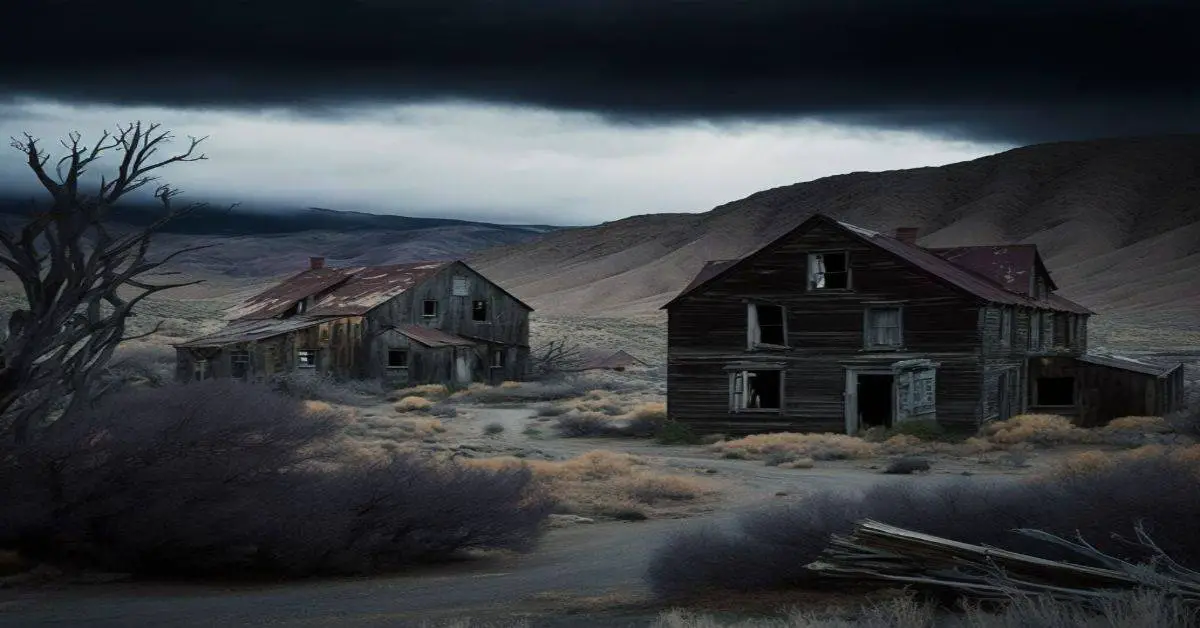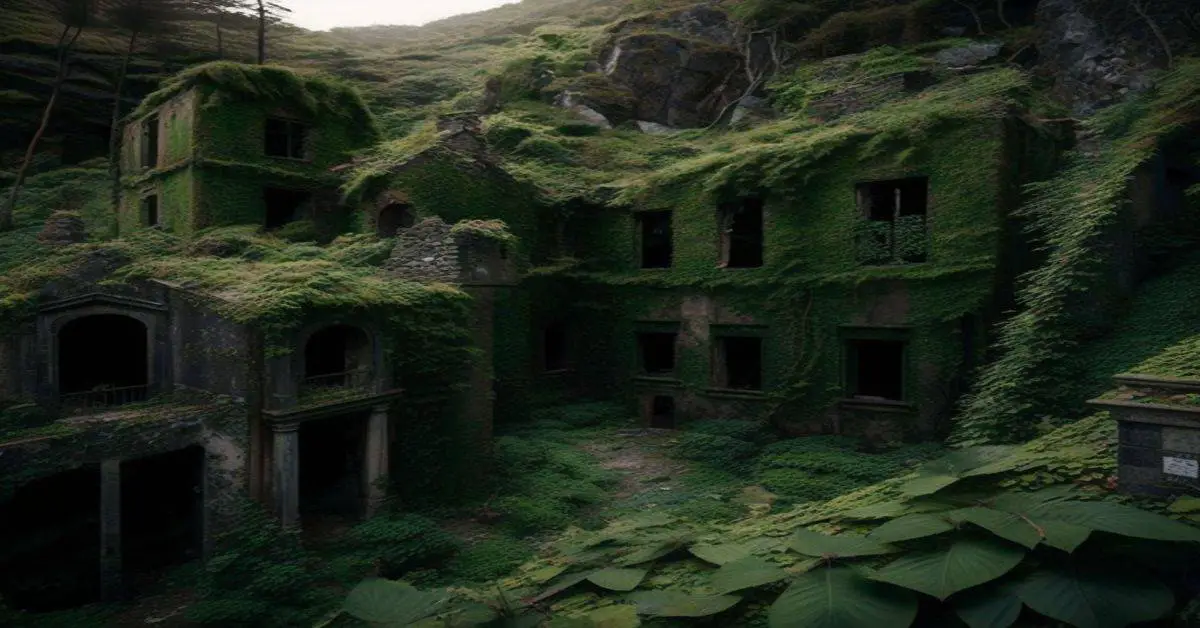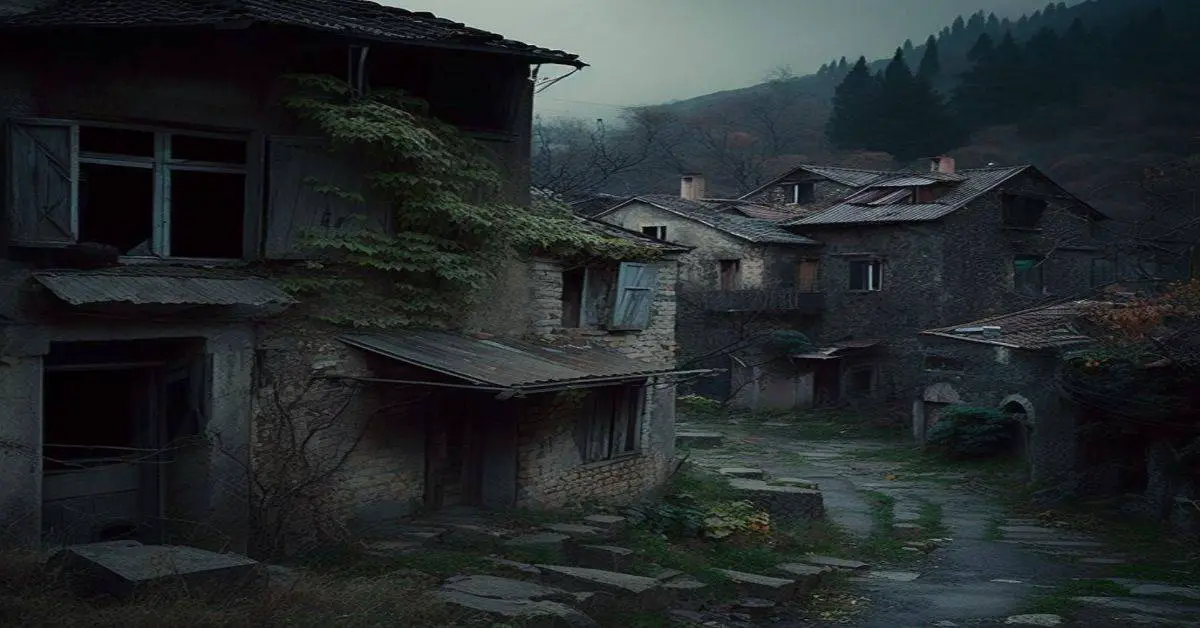Rhyolite, once a thriving boomtown in Nevada, rose to prominence during the state’s gold rush of 1904-1907. The town’s population reached over 10,000 at its peak and was home to numerous businesses, including forty-five saloons and an opera house.
However, the financial panic of 1907 took its toll on the town, leading to a rapid decline in population after its mines played out in 1909. Today, Rhyolite stands as one of the largest ghost towns in Nevada, with many of its original buildings still standing, providing a glimpse into the past.
This article will explore the history and legacy of Rhyolite, shedding light on the rise and fall of this abandoned boomtown. Through a detailed and analytical approach, this article will examine the factors that led to Rhyolite’s rise and fall, including the town’s transportation and educational infrastructure, population, and building development.
By exploring these factors, this article aims to provide readers with a comprehensive understanding of Rhyolite’s past and present, and its significance as a remnant of Nevada’s gold rush era.
Key Takeaways
- Rhyolite was founded in 1904 and was one of three towns at the center of the Nevada gold rush of 1904-1907.
- The town’s short-lived prosperity ended when its mines played out in 1909 and the financial panic of 1907 took its toll.
- Rhyolite’s peak population was estimated to be between 8,000 and 12,000, but by the beginning of 1920, the population had shrunk to just fourteen.
- Today, many original buildings still stand in Rhyolite, making it one of the best ghost towns in Nye County and in the state of Nevada.
History and Gold Rush
Rhyolite, a Nevada ghost town, was founded in 1904 and was one of the three towns that were the center of the Nevada gold rush of 1904-1907. During its peak, Rhyolite had a population of over 10,000 and boasted forty-five saloons, an opera house, dance halls, and countless other buildings. However, its short-lived prosperity ended permanently and abruptly when its mines played out in 1909. The devastating effects of the financial panic of 1907 took its toll on the town, and most of its investors were from the East. When they withdrew their backing, all the mines were forced to close, and the town continued to struggle to stay alive hoping for a new boom that never came.
The labor conditions in Rhyolite were harsh, and the impact on indigenous communities was severe. The town was built on Paiute and Shoshone lands, and the arrival of gold miners brought a wave of violence and exploitation towards the indigenous peoples. Many Paiute and Shoshone were forced off their lands and stripped of their resources, losing traditional lifestyles and cultural practices.
Despite the harsh conditions, some indigenous peoples found work in the mines, but they were often subjected to discrimination and lower wages than their white counterparts. The legacy of the gold rush and its impact on indigenous communities still resonates in the region today.
Population and Buildings
At its peak, the bustling town had thousands of inhabitants and a vibrant array of businesses, including saloons, dance halls, and even a bank building that cost a whopping $90,000 to construct. The population of Rhyolite was estimated to be between 8,000 and 12,000, making it one of the largest towns in Nevada during its heyday.
However, the town’s population dwindled to less than 1,000 by the end of 1909, and by the early 1920s, only fourteen residents remained. Today, visitors can explore the ruins of Rhyolite and see many of the architectural features that remain, including a schoolhouse, a train depot, and a number of original buildings that once housed saloons and businesses.
Despite its abandonment, Rhyolite’s architectural features continue to fascinate visitors. One of the most notable structures is a bank building that was three stories tall and cost $90,000 to construct. Other buildings of note include an opera house, a number of dance halls, and a slaughterhouse.
Today, many of these buildings are in ruins, but visitors can still understand what the town was like during its heyday. In addition to exploring the buildings, visitors can also see a unique structure made entirely of beer bottles, which serves as a reminder of the town’s quirky and creative past.
Transportation and Education
During its peak years, Rhyolite was a bustling town served by three railroads. The first passenger train arrived on December 14, 1906, and the town’s transportation infrastructure continued to grow. However, with the closure of the mines in 1909 and the subsequent decline in population, the railroads gradually withdrew their services. Today, the train station is a popular attraction for visitors to the ghost town.
In addition to its transportation infrastructure, Rhyolite also had an educational system in place. Baseball became the town’s primary sports entertainment, but education was also a priority. The town built its first school in early 1906, and the enrollment soon reached 90. By May 1907, the number of students had grown to 250, necessitating the construction of a new two-story brick schoolhouse with classrooms and an auditorium.
While the school was never filled to capacity, it nonetheless played an important role in the town’s history and is now one of the few remaining structures in Rhyolite.
Frequently Asked Questions
What was the main industry in Rhyolite besides gold mining?
In addition to gold mining, Rhyolite had some potential for tourism due to the town’s numerous buildings, including a unique beer bottle house. However, the town’s short-lived prosperity had a limited economic impact on surrounding areas.
Were there any notable residents of Rhyolite?
There were no notable residents of Rhyolite, as the town was primarily a mining community. However, the cultural and artistic scene in Rhyolite was notable, with the town hosting a number of dance halls, an opera house, and a baseball team.
What happened to the buildings and infrastructure of Rhyolite after it was abandoned?
Exploration of Rhyolite’s abandoned buildings and infrastructure reveals a snapshot of the past. Preservation efforts for historical sites include stabilization of structures and interpretation. Some buildings remain standing, but many have deteriorated beyond repair.
Are there any famous movies or TV shows filmed in Rhyolite?
Movie connections have been made with Rhyolite as a location for filming. The town has been used as a backdrop in several movies, including the 2005 film “The Island” and the 2015 film “Furious 7.” Location scouting for films and TV shows continues to be done in the area.
Are there any urban legends or ghost stories associated with Rhyolite?
Supernatural sightings have been reported in Rhyolite, including ghostly apparitions and unexplained sounds. The town’s haunted locations have attracted ghost hunters and paranormal enthusiasts.


